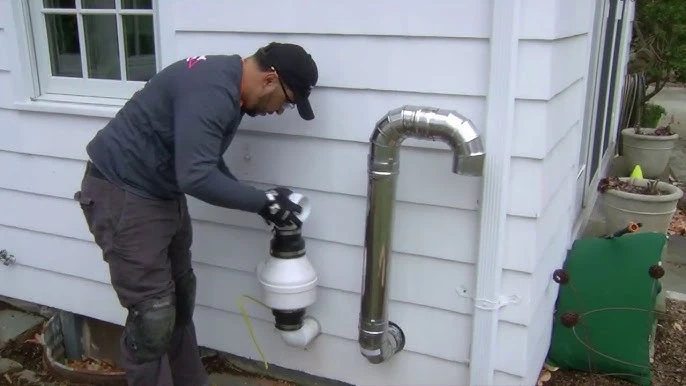When buying or selling a home, numerous factors come into play. Location, price, and condition are often at the forefront of buyers\' and sellers\' minds. However, one critical aspect that is frequently overlooked is radon levels. Radon is a naturally occurring radioactive gas that can pose serious health risks. This article delves into the implications of radon in real estate transactions, exploring the risks it presents and the solutions available to mitigate these risks.
What is Radon?
Radon is a colorless, odorless, and tasteless gas that is produced by the decay of uranium in soil, rock, and water. As it rises from the ground, it can seep into homes through cracks in the foundation, walls, and floors. According to the Environmental Protection Agency (EPA), radon is the second leading cause of lung cancer in the United States, responsible for about 21,000 deaths each year.
How Radon Enters Homes
Radon can infiltrate a home in several ways:
- Cracks in solid floors
- Construction joints
- Cracks in walls
- Gaps around service pipes
- Cavities inside walls
- The water supply
Once inside, radon can accumulate to dangerous levels, especially in well-insulated homes.
Health Risks of Radon Exposure
Exposure to high levels of radon increases the risk of lung cancer. This risk is even higher for smokers. The World Health Organization (WHO) and the EPA have established guidelines for acceptable radon levels in homes. Long-term exposure to radon levels above these guidelines significantly increases the risk of developing lung cancer.
The Importance of Radon Testing in Real Estate Transactions
When buying or selling a home, conducting a radon test is crucial. Here’s why:
- Health Safety: Ensuring that the home has safe radon levels protects the health of the occupants.
- Financial Security: Addressing radon issues before closing a deal can prevent unexpected expenses.
- Regulatory Compliance: Some states require radon disclosure during real estate transactions.
How to Test for Radon
Radon testing is a straightforward process. There are two primary types of radon tests: short-term and long-term.
- Short-term tests: These tests last between 2 and 90 days. They are useful for quick assessments but may not provide an accurate representation of year-round radon levels.
- Long-term tests: These tests last longer than 90 days and provide a more accurate measure of a home\'s average radon level.
Radon test kits are available at hardware stores, or you can hire a professional radon tester for more precise results.
Interpreting Radon Test Results
Radon levels are measured in picocuries per liter (pCi/L). The EPA recommends taking action to reduce radon levels if the test result is 4 pCi/L or higher. Even levels between 2 and 4 pCi/L can pose a risk, and mitigation can be considered.
Radon Mitigation Solutions
If a radon test reveals elevated levels, several mitigation options are available:
- Sub-slab depressurization: This is the most common and effective method. It involves installing a vent pipe system and fan to draw radon from beneath the house and release it outside.
- Sealing cracks and openings: While this alone isn\'t sufficient, it can enhance the effectiveness of other radon reduction techniques.
- Pressurization involves using a fan to create positive pressure in the home, preventing radon from entering.
Radon in Real Estate Transactions: Buyers\' Perspective
For buyers, understanding radon risks is crucial. Here are some steps to take:
- Request a radon test as part of the home inspection process.
- Negotiate repairs or mitigation with the seller if elevated radon levels are found.
- Include radon clauses in the purchase agreement to ensure that mitigation is addressed before closing.
Radon in Real Estate Transactions: Sellers\' Perspective
Sellers should be proactive about radon testing and mitigation. Here\'s what to consider:
- Test for radon before listing the home to address any issues early.
- Provide buyers with radon test results and details of any mitigation efforts.
- Offer to mitigate radon if elevated levels are detected, making the property more attractive to buyers.
Legal and Regulatory Aspects
Different states have varying regulations regarding radon disclosure and testing in real estate transactions. It’s important to be aware of and comply with these regulations to avoid legal complications.
Conclusion
Radon is a significant health risk that should not be ignored in real estate transactions. Both buyers and sellers need to be informed about radon testing and mitigation to ensure safety and financial security. By understanding the risks and solutions associated with radon, you can make informed decisions that protect your health and investment. Always remember that testing for radon and taking appropriate action can save lives and contribute to a smoother real estate transaction.


